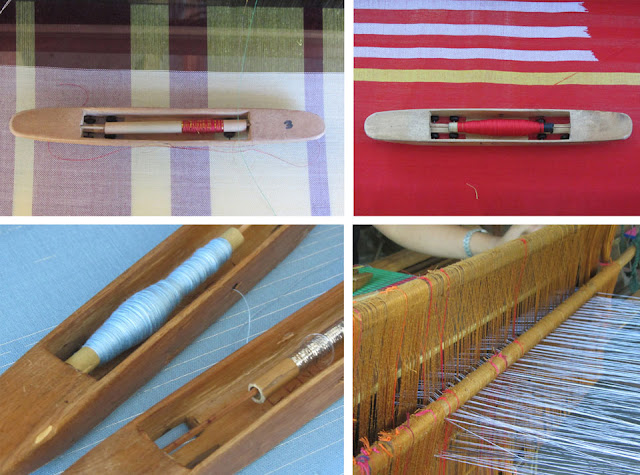From huts to sturdier houses: a story on empowerment
He wore a loose grey shirt and a tranquil face while
sitting on a wooden stage set for the formal turn-over of houses that was about
to happen in Brgy. Pawa, Panay, Capiz.
When I asked him where his house is, he pointed me to the rightmost shelter, beside the stage. It had a label placed adjacent to the door knob which showed his name boldly printed “Ramir Barrera.”
 |
Thirty-nine-year-old Ramir Barrera of Brgy. Pawa, Panay,
Capiz is one of the beneficiaries of the DSWD and UN Habitat shelter project
|
Thirty-nine-year-old Ramir happily showed to me his new
home where he, his wife Emilyn and their two children will be staying for good.
“We are really grateful for the house given to us,” he
said.
Just a few meters from Ramir was a young mother cuddling
her baby. She told me that her name is May Deleona and said, “We are very thankful because now we
already have a house. Our house before was totally washed out by typhoon
Yolanda.”
May, 23 years old, has a child, six-month-old Nathan Lance, with her common-law husband Frances Archivo. The young couple has not been married yet but hopes that one day, they will.
About seven meters away from May, I saw a group of women who seemed to have made the grounds of Brgy. Pawa a place where they could chat from time to time.
The group was composed of Nora Vegas, Ma. Christina Veloso who was carrying her nephew JL, and Cherryl Barrera. When I approached them, Nora said, “Building a house this big would not be possible if you (referring to DSWD, UN Habitat and partners) did not help us. Our small huts were totally washed out).”
 |
May Deleona with baby Nathan Lance is now staying in
their newly constructed house
|
 |
People's process
“We would like to commend the people, the homeowners. You
have made us believe that people’s process works. Now, we can say that we can
do this to the rest of the country as well,” said Christopher Rollo, Country
Programme Manager of UN-Habitat.
The people’s process places people at the center of the
project, not only to provide safer homes but to empower them to become
disaster resilient.
The project uses a community-driven approach to recovery
and rehabilitation, which provides opportunities for people’s participation in
building their houses.
Consultation with community groups helped UN Habitat
design and refine a sturdy house meant to meet the basic needs of the beneficiary
households.
The design was developed in collaboration with the Capiz
chapter of the United Architects of the Philippines, and its structural
integrity has been checked by the Capiz chapter of the Association of
Structural Engineers of the Philippines.
What followed then was a celebration of victory with the
blessing of the Multi-purpose building donated by another partner, BDO
Foundation.
The building, aside from being used as a venue for community activities, can also serve as an evacuation center.
In the afternoon, the UN Habitat staff, DSWD workers and
other partners went on with the festivity at Belle Village III, Pontevedra,
Capiz.
Children were seen playing in front of their new houses,
women were seen dancing Zumba, male teenagers showed modern dance and young
mothers gave song numbers.
For me, it was a mirror of both joy and new discovery
that there was power within themselves as people.
Empowerment
“I feel like I am more beautiful now that I’m going home
to a nice and sturdy house,” said Joan Alcazarin of Belle Village.
Joan, a mother to seven children, gave her testimony
during the program.
“The typhoon destroyed our house. It leaned on one side
and so I had to bend my back often when cooking. We were just thankful that we
were given tents immediately after the typhoon. Had we not been given the
tents, rain water would get us all wet because water passes through our roof
and walls,” she said.
Joan said that one time, when their house was nearing
completion and they went to check it, one of her children told her, “Oh we will be having a nice house ‘Ma.”
She expressed how grateful she is of the help that their family has received by saying, “I won’t have to bend my back anymore when I cook meals, we are safe while sleeping and at home, and even when it rains hard, we are not scared.”
More than anything else, it was they, the beneficiaries,
who made the transformation happen because of their active participation./By May Grecia-Rago




